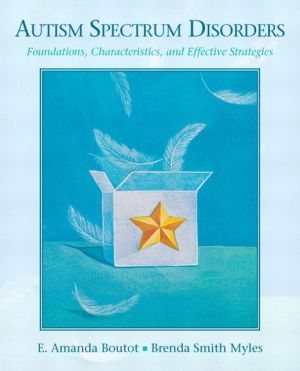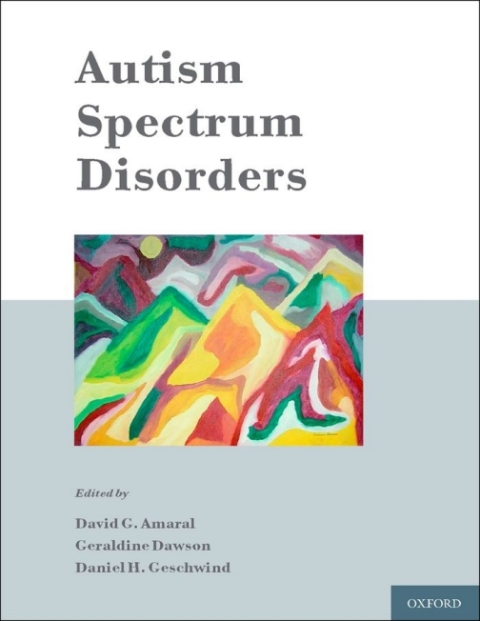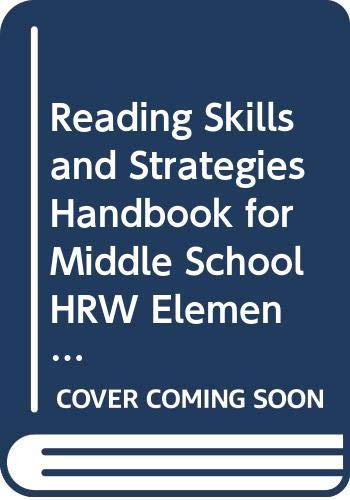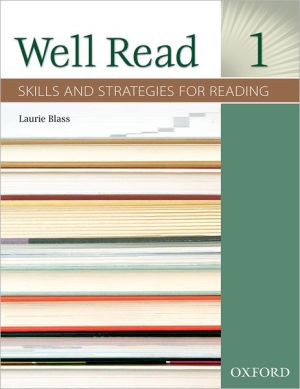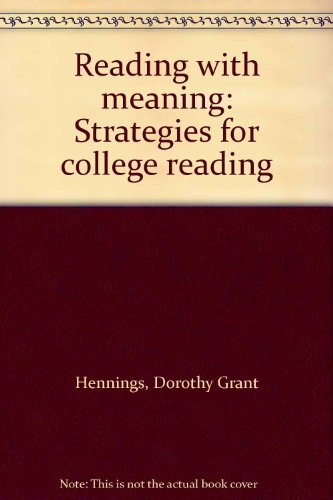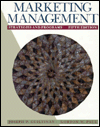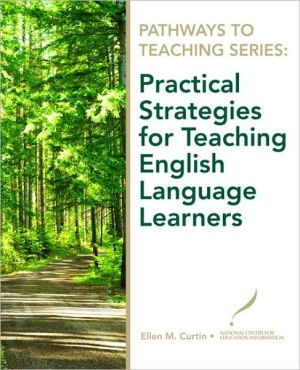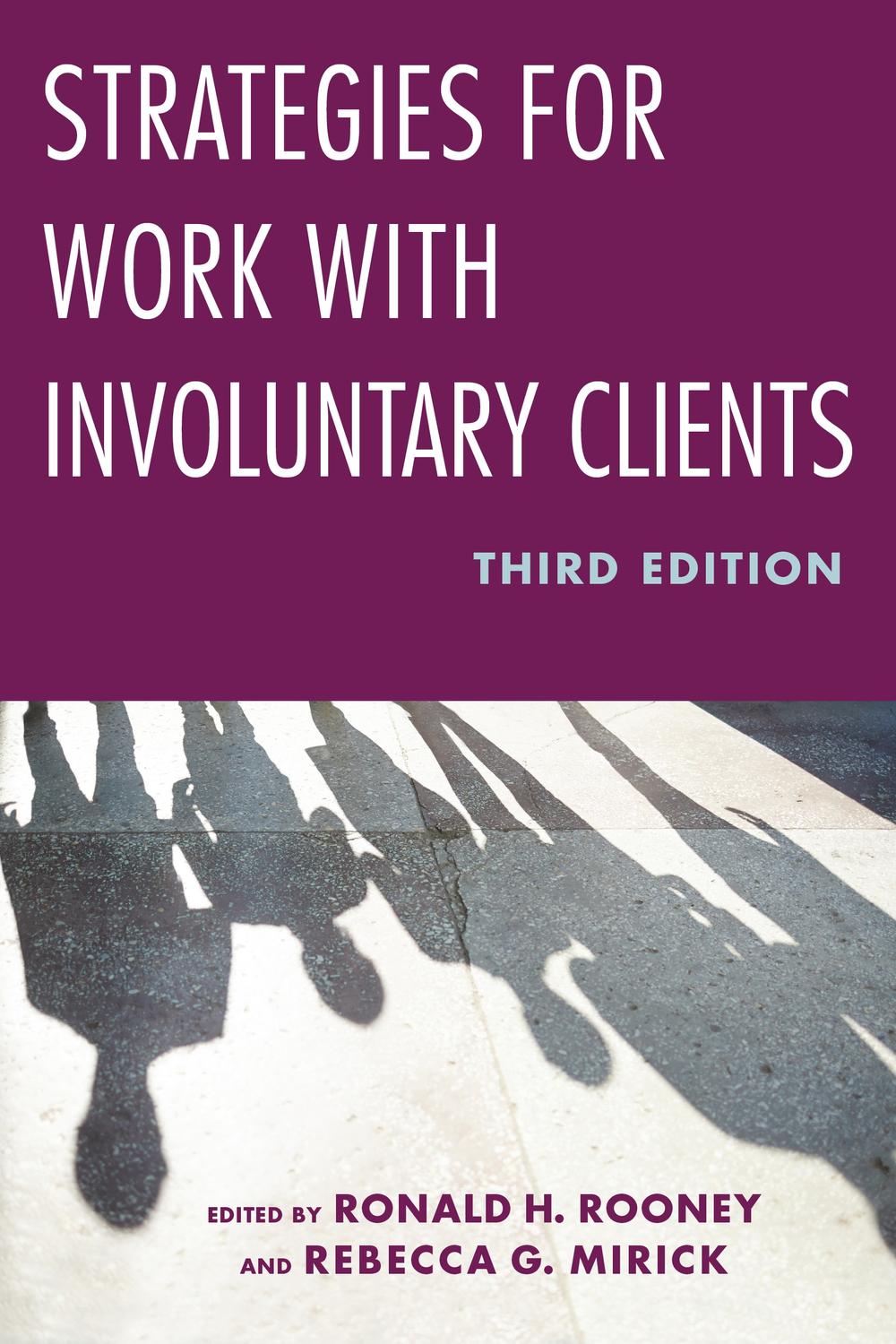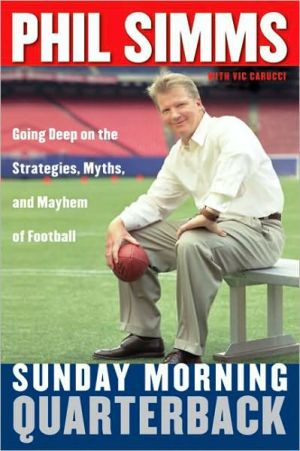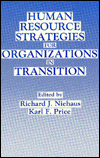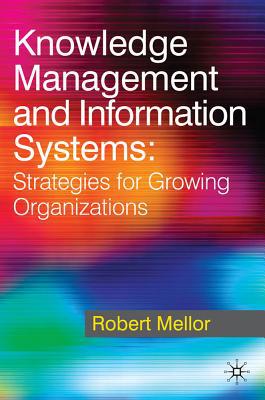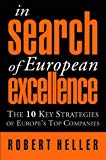Autism Spectrum Disorders: Foundations, Characteristics, and Effective Strategies
Boutot, E. Amanda
Myles, Brenda Smith
For courses in Autism Spectrum Disorders including: Introduction to Autism Spectrum Disorders, Teaching Students with Autism Spectrum Disorders, and Characteristics of Students with Autism Spectrum Disorders.
This text provides comprehensive coverage of characteristics and strategies for students on the autism spectrum, including real-world examples, and a strong focus on research-based practice.
This textbook responds to the increasing numbers of students with autism spectrum disorders (ASD) in today’s schools, and the requirement that teachers use research-based strategies to teach them. Written in an easy-to-follow format, the text provides a comprehensive picture of what autism spectrum disorders are, how they are identified, and how to treat them. It provides specific information on diagnostic features, learning, behavioral, cognitive, and sensory characteristics, and etiology. In addition, the text presents information on evidence-based practices for instruction of learners with autism spectrum disorders, including social skills, communication, and academics. A chapter on Evidence-Based Practices provides a model for determining appropriate, individualized practices for students on the autism spectrum, while chapters on assessment and planning, and environmental planning, provide information to support teachers as they develop programs and learning environments for their students with ASD. Chapters on technology and transition provide additional information for teachers of students with autism, while a chapter on working with families is provided to enhance professionals’ understanding of the impact autism has on the family. Thirteen chapters in all provide both a broad overview as well as a comprehensive depth of information for teachers or future teachers of learners with autism spectrum disorders. Faculty will find that the Diversity Boxes, Trends and Issues Boxes, and Research Boxes enhance their instruction and provide more in-depth information for their students. Chapter objectives, summary questions, and Internet resources are also provided in each chapter to enhance instruction.
A Case Study profiling a student with an Autism Spectrum Disorder or their family is found at the beginning of every chapter. These real-life stories will provide authentic examples to which to tie key concepts and content. (See a Case Study example, Matt and Shannon, Chapter 4).
- A plethora of special-feature boxes, located throughout every chapter, enhance the breadth and depth of chapter content and connect key concepts to research-based literature. The beneficial pedagogy include: Diversity boxes, Research boxes, and Trends and Issues boxes. (See some examples in Chapter 9).
- Every chapter contains beginning and end material that help the reader situate concepts before taking on a chapter and wrap-up the reading by testing their knowledge. Chapter Objectives , at the chapter beginning, provide an advanced organizer for readers and highlight key information. The End-of-Chapter Questions not only relate to Chapter Objectives , but are also a great review guide by helping readers check their understanding of the key concepts presented.
- Key Terms are highlighted throughout every chapter to provide a visual support for new or significant information presented. The list of key terms is presented at the end of each chapter for further review.
- Internet Resources are provided at the end of each chapter to support the content and to provide additional information for readers that may be helpful for further study or discussion about key topics.
| Name in long format: | Autism Spectrum Disorders: Foundations, Characteristics, and Effective Strategies |
|---|---|
| ISBN-10: | 0205545750 |
| ISBN-13: | 9780205545759 |
| Book pages: | 320 |
| Book language: | en |
| Edition: | 1 |
| Binding: | Paperback |
| Publisher: | Pearson |
| Dimensions: | Height: 9 Inches, Length: 7.3 Inches, Weight: 0.96562470756 Pounds, Width: 0.8 Inches |

